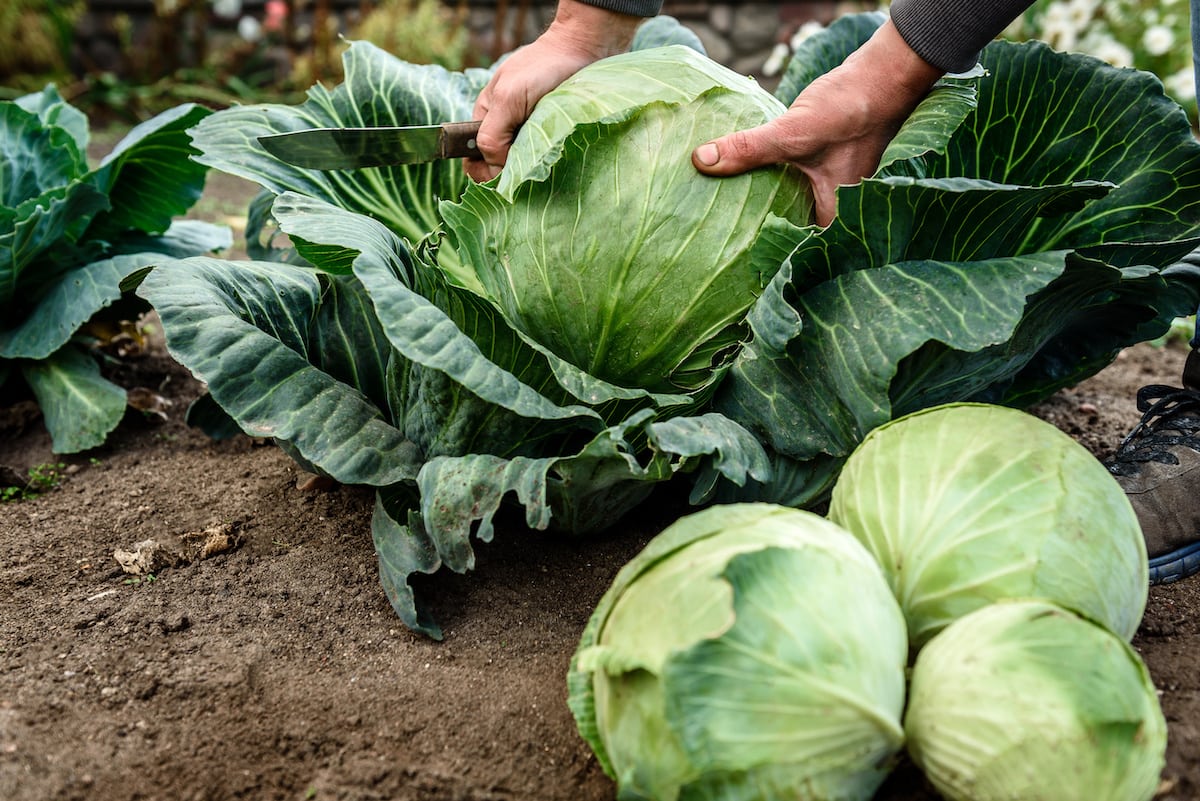

Articles
How To Store Fresh Cabbage From The Garden
Modified: February 26, 2024
Learn how to store fresh cabbage from your garden with these helpful articles. Find out the best methods for preserving cabbage's freshness and extending its shelf life.
(Many of the links in this article redirect to a specific reviewed product. Your purchase of these products through affiliate links helps to generate commission for Storables.com, at no extra cost. Learn more)
Introduction
Welcome to the world of gardening! Growing your own vegetables can be a rewarding and fulfilling experience, and one of the most versatile and nutritious vegetables you can grow in your garden is cabbage. With its crunchy texture and mild flavor, cabbage is a staple in many dishes, from coleslaw to sauerkraut.
But what do you do when you have an abundance of fresh cabbage from your garden? How can you ensure that it stays fresh for as long as possible? In this article, we will guide you through the process of storing fresh cabbage from the garden, so you can enjoy it for weeks, if not months, to come.
Cabbage is a cool-season crop that thrives in temperatures between 45-75°F (7-24°C). It is best to harvest cabbage when the heads are firm and dense, typically 55-100 days after planting. Once you have harvested your cabbage, it is important to handle it with care to maintain its quality and preserve its freshness.
In the following steps, we will walk you through the process of cleaning and preparing the cabbage, as well as various methods of storing cabbage, including refrigeration, root cellaring, freezing, and even canning. Each method has its own benefits and can be adapted depending on your specific needs and available resources.
Are you ready to learn how to store fresh cabbage from the garden? Let’s dive in!
Key Takeaways:
- Preserve the freshness of garden-fresh cabbage by harvesting at the right time, cleaning, and choosing the best storage method. Enjoy the versatile vegetable for weeks to months with simple yet effective techniques.
- From plastic wrap to canning, explore various methods to store fresh cabbage and savor its flavors year-round. Experiment with different storage options to reduce waste and enjoy nutritious, garden-fresh cabbage.
Read more: How To Store Fresh Herbs From Garden
Step 1: Harvesting Cabbage
The first step in storing fresh cabbage from the garden is to harvest it at the right time. Cabbage is ready to be harvested when the heads are firm and dense, typically 55-100 days after planting. Here are a few tips to help you determine if your cabbage is ready to be picked:
- Inspect the head: Gently squeeze the cabbage head to check for firmness. It should feel solid and not have any soft or mushy spots. The outer leaves should be tightly wrapped around the head.
- Check the size: Cabbage heads vary in size, depending on the variety. However, most varieties are ready to be harvested when they are about 6-8 inches (15-20 cm) in diameter.
- Observe the color: Look at the color of the cabbage leaves. Most cabbage varieties have green leaves, but some may have red or purple hues. The leaves should be vibrant and not yellowing or wilting.
When harvesting cabbage, it’s important to use a sharp knife or garden shears to make a clean cut just above the soil level. Avoid yanking or twisting the cabbage head, as this can damage the plant and reduce its shelf life. After harvesting, remove any loose or damaged outer leaves, but leave the intact outer leaves intact to protect the head during storage.
Harvesting cabbage can be done over a period of time, as the heads do not all mature at the same time. If you have multiple cabbage plants, you can harvest them as they reach the desired size and firmness. This allows you to enjoy fresh cabbage over an extended period of time.
By following these guidelines, you can ensure that your cabbage is harvested at its peak of freshness, setting the stage for proper storage and extended enjoyment.
Step 2: Cleaning and Preparing Cabbage for Storage
Once you have harvested your cabbage, it’s important to clean and prepare it properly before storing. This step helps remove any dirt, insects, or contaminants from the cabbage, ensuring its quality and longevity. Here’s how to clean and prepare cabbage for storage:
- Remove loose outer leaves: Start by removing any loose or damaged outer leaves from the cabbage head. These leaves are more prone to spoilage and can affect the overall quality of the cabbage.
- Rinse the cabbage: Gently rinse the cabbage head under cool running water to remove any dirt or debris. You can use your hands or a soft brush to lightly scrub the outer leaves.
- Inspect for pests: While rinsing the cabbage, keep an eye out for any insects or pests. If you spot any, remove them by hand or wash them away with water.
- Dry the cabbage: After rinsing, shake off any excess water and allow the cabbage to air dry. You can pat it gently with a clean towel to absorb the moisture.
It’s important to note that cabbage should not be soaked in water for an extended period of time, as excessive moisture can lead to decay and spoilage. Therefore, it’s best to keep the rinsing process brief.
Once the cabbage is clean and dry, you can move on to preparing it for storage. Some methods of storage require the cabbage to be wrapped or packaged in a particular way, while others can be stored as is. The next steps will guide you through the different storage methods for fresh cabbage.
By taking the time to clean and prepare your cabbage, you are ensuring that it is free from impurities and ready to be stored in the optimal conditions, extending its shelf life and preserving its freshness.
Step 3: Wrap Cabbage in Plastic Wrap
One simple and effective method to store fresh cabbage is by wrapping it in plastic wrap. This method helps to preserve the moisture and freshness of the cabbage, preventing it from drying out and wilting. Here’s how to wrap cabbage in plastic wrap:
- Prepare the cabbage: Start by removing any loose or damaged outer leaves from the cabbage head. Make sure the cabbage is clean and dry.
- Cut the cabbage: If you have a large cabbage head, you can cut it into smaller, more manageable portions. This is especially useful if you don’t plan on using the whole cabbage at once. Make sure to cut through the stem to create uniform pieces.
- Wrap each portion: Take a piece of plastic wrap and place a cabbage portion in the center. Gently wrap the cabbage, making sure it is completely enclosed. You can twist the ends of the plastic wrap to secure it.
- Label and date: To help you keep track of the storage time, label each wrapped cabbage portion with the date of packaging. This will ensure that you use the oldest ones first.
- Store in the refrigerator: Once the cabbage is wrapped, place it in the refrigerator in the crisper drawer or on a shelf where it won’t get crushed. The cool temperature of the refrigerator will help the cabbage stay fresh for up to 2-3 weeks.
When using this method, it’s important to check the cabbage periodically for any signs of spoilage. If you notice any discoloration, mold, or an unpleasant odor, it’s best to discard the cabbage to avoid consuming spoiled produce.
Plastic wrap is readily available and easy to use, making it a convenient option for storing fresh cabbage. It helps to maintain the moisture and quality of the cabbage, allowing you to enjoy its crispness and flavor for an extended period.
Step 4: Storing Cabbage in the Refrigerator
If you have a surplus of fresh cabbage and want to extend its shelf life, storing it in the refrigerator is a great option. The cool temperature of the fridge helps to slow down the aging process, keeping the cabbage crisp and fresh for an extended period. Here’s how to store cabbage in the refrigerator:
- Prepare the cabbage: Start by removing any loose or damaged outer leaves from the cabbage head. Rinse the cabbage under cool running water to remove any dirt or debris. Allow it to air dry or gently pat it dry with a clean towel.
- Leave the cabbage whole: If you have a whole cabbage head, you can store it as is. Simply wrap it loosely in a plastic bag or place it in a perforated plastic bag to allow for airflow.
- Cut the cabbage: If you have cut or chopped cabbage, store it in a resealable plastic bag or an airtight container. Make sure to squeeze out any excess air before sealing the bag or container.
- Store in the crisper drawer: Place the wrapped or bagged cabbage in the crisper drawer of your refrigerator. This drawer is designed to maintain optimal humidity levels, which helps to keep the cabbage fresh for a longer period.
- Use within 2-3 weeks: Cabbage stored in the refrigerator can stay fresh for up to 2-3 weeks. It’s important to check the cabbage regularly for any signs of spoilage, such as discoloration, mold, or an unpleasant odor. If any of these signs are present, it’s best to discard the cabbage.
It’s worth noting that storing cabbage in the refrigerator may cause the outer leaves to discolor slightly, but this does not affect the overall quality of the cabbage. Simply remove the discolored outer leaves before using the cabbage.
By storing cabbage in the refrigerator, you can enjoy the crispness and flavor of fresh cabbage for an extended period. Whether you plan to use it raw in salads or cooked in various dishes, refrigeration is an effective method to preserve its freshness.
Store fresh cabbage from the garden in a cool, dark place with good air circulation, such as a root cellar or refrigerator. Keep it away from fruits like apples, which can cause it to spoil faster.
Read more: How To Store Fresh Peppers From The Garden
Step 5: Storing Cabbage in the Root Cellar
If you have access to a root cellar or a cool, underground storage area, it can be an excellent option for storing fresh cabbage. Root cellars provide a consistent temperature and humidity level, creating ideal conditions for long-term vegetable storage. Here’s how to store cabbage in a root cellar:
- Prepare the cabbage: Remove any loose or damaged outer leaves from the cabbage head. Rinse the cabbage under cool running water to remove any dirt or debris. Allow it to air dry or gently pat it dry with a clean towel.
- Leave the cabbage whole: If you have a whole cabbage head, it’s best to store it as is. The outer leaves act as a protective layer, helping to preserve the inner cabbage head. You can trim the stem, if necessary, to help the cabbage fit better in storage containers.
- Choose storage containers: Select suitable storage containers for the cabbage, such as breathable boxes, baskets, or crates. These containers allow for ventilation, preventing excess moisture build-up that can lead to spoilage.
- Layer the cabbage: Place a layer of straw or dampened sawdust at the bottom of the storage container. This helps to create a stable and humid environment for the cabbage. Gently place the cabbage heads on top of the layer, making sure they are not touching each other.
- Store in the root cellar: Take the prepared storage containers with the cabbage and place them in a cool, dark area of the root cellar. The ideal temperature for storing cabbage in a root cellar is around 32-40°F (0-5°C), with a humidity level of 80-95%.
- Check regularly and remove spoiled cabbage: Periodically check the cabbage in the root cellar for any signs of spoilage. Remove any cabbage that shows signs of discoloration, mold, or decay to prevent the spread of spoilage among the other heads.
Storing cabbage in a root cellar can extend its shelf life for several months, allowing you to enjoy fresh cabbage even during the winter months. The cool and humid environment of a root cellar helps to slow down the aging process, keeping the cabbage crisp and flavorful.
If you don’t have a root cellar, you can try to mimic its conditions by using a cool basement or another cool area of your home. The key is to maintain a consistent temperature and humidity level to ensure the cabbage stays fresh.
Step 6: Freezing Cabbage
Freezing cabbage is a great way to preserve its freshness and nutritional value for a longer period of time. While freezing may cause some changes in the texture of cabbage, it can still be used in cooked dishes such as soups, stews, and stir-fries. Here’s how to freeze cabbage:
- Prepare the cabbage: Remove any loose or damaged outer leaves from the cabbage head. Rinse the cabbage under cool running water to remove any dirt or debris. Allow it to air dry or gently pat it dry with a clean towel.
- Blanch the cabbage: Blanching is a crucial step that helps preserve the color, texture, and flavor of the cabbage. Bring a large pot of water to a boil and carefully place the cabbage head or cabbage leaves into the boiling water. Blanch them for 1-2 minutes.
- Cool the cabbage: Remove the cabbage from the boiling water and immediately transfer it to a bowl filled with ice water. This will stop the cooking process and cool the cabbage quickly. Leave the cabbage in the ice water for the same amount of time as it was blanched.
- Drain and dry: Once the cabbage is cool, remove it from the ice water and allow it to drain thoroughly. Gently pat it dry with a clean towel to remove any excess moisture.
- Package for freezing: For whole cabbage heads, wrap them tightly in plastic wrap or aluminum foil. For shredded or chopped cabbage, place them in airtight freezer bags or containers. Squeeze out any excess air from the bags before sealing.
- Label and freeze: Label each package with the date of freezing and place them in the freezer. It’s recommended to use frozen cabbage within 6-8 months for optimal quality, although it can still be safe to consume beyond that time.
When using frozen cabbage, it’s best to thaw it in the refrigerator before cooking. Avoid thawing and refreezing cabbage multiple times, as this can affect its texture and quality.
Freezing cabbage is a convenient option if you have a surplus or want to preserve it for future use. This method allows you to enjoy the taste and benefits of fresh cabbage even when it’s out of season.
Step 7: Fermenting Cabbage into Sauerkraut
If you’re looking to add some tangy and probiotic-rich goodness to your cabbage, fermenting it into sauerkraut is a fantastic option. Sauerkraut is made by fermenting shredded cabbage with salt, creating a delicious and nutritious condiment. Here’s how to ferment cabbage into sauerkraut:
- Prepare the cabbage: Remove any loose or damaged outer leaves from the cabbage head. Rinse the cabbage under cool running water to remove any dirt or debris. Allow it to air dry or gently pat it dry with a clean towel.
- Shred the cabbage: Using a sharp knife or a mandoline slicer, finely shred the cabbage into thin strips. You can also grate it using a box grater or use a food processor with a shredding disc attachment.
- Add salt: In a large bowl, place the shredded cabbage and sprinkle it with salt. The general ratio is approximately 1-2 tablespoons of salt per 2 pounds (900 grams) of cabbage. Use your hands to massage and mix the cabbage with the salt until it starts to release its juices.
- Transfer to a fermenting vessel: Pack the cabbage tightly into a clean jar or fermentation crock, pressing it down to remove any air pockets. Make sure the cabbage is submerged in its own liquid, as this creates an anaerobic environment for fermentation.
- Place a weight on top: To keep the cabbage submerged in the brine, place a weight on top. This can be a small plate, a glass weight, or a plastic bag filled with brine. The weight should cover the cabbage entirely.
- Cover and ferment: Cover the jar or crock with a clean cloth or use a fermentation airlock lid to allow gases to escape while preventing contaminants from entering. Place it in a cool and dark area, ideally between 65-75°F (18-24°C), and let it ferment for about 1-4 weeks, depending on your desired taste.
- Taste and store: Taste the sauerkraut intermittently to check for your desired level of sourness. Once it reaches the flavor you prefer, remove the weight, cover the jar or crock with a lid, and transfer it to the refrigerator. Sauerkraut can be stored in the fridge for several months.
Fermenting cabbage into sauerkraut not only adds a tangy and distinct flavor to the cabbage, but it also increases its nutritional benefits. The fermentation process enhances the bioavailability of vitamins and minerals and introduces beneficial bacteria for gut health.
Enjoy sauerkraut as a condiment, add it to sandwiches, salads, or as a topping for various dishes. It’s a versatile and delicious way to savor the flavors and benefits of fermented cabbage in your meals.
Step 8: Canning Cabbage for Long-Term Storage
If you’re looking for a method to store cabbage for an extended period without the need for refrigeration, canning is a fantastic option. By canning cabbage, you can preserve its freshness and enjoy it throughout the year. Here’s how to can cabbage for long-term storage:
- Prepare the cabbage: Remove any loose or damaged outer leaves from the cabbage head. Rinse the cabbage under cool running water to remove any dirt or debris. Allow it to air dry or gently pat it dry with a clean towel.
- Shred or chop the cabbage: Decide whether you want to can shredded or chopped cabbage. Shredded cabbage works well for recipes like coleslaw, while chopped cabbage is ideal for soups and stews. Cut the cabbage into the desired size and set it aside.
- Prepare the canning jars and lids: Sterilize the canning jars and lids by boiling them in a large pot of water for a few minutes. Keep them in hot water until ready to use.
- Pack the cabbage: Fill each sterilized jar with the shredded or chopped cabbage, leaving about an inch of headspace at the top. Press down lightly to eliminate any air pockets.
- Add liquid: Pour boiling water or vegetable broth into each jar, ensuring that the cabbage is fully submerged and the headspace is maintained. Leave about 1/2 inch of headspace to allow for expansion during the canning process.
- Seal the jars: Wipe the jar rims clean with a damp cloth to ensure a proper seal. Place the sterilized lids on top and screw on the bands until they are fingertip tight.
- Process in a canning pot: Place the filled and sealed jars in a canning pot filled with boiling water. The water level should cover the jars by at least 1-2 inches. Process the jars according to the recommended processing time for cabbage (typically 15-20 minutes).
- Cool and store: Once the jars have been processed, carefully remove them from the canning pot using canning tongs. Place them on a towel-lined counter and allow them to cool undisturbed. As the jars cool, you should hear a popping sound, indicating that they are properly sealed. Store the cooled jars in a cool, dark, and dry pantry for up to a year or longer.
When using canned cabbage, ensure that the lids are still properly sealed before consuming. If a lid is loose or bulging, discard the contents as it may be a sign of spoilage.
Canning cabbage allows you to have a readily available supply of preserved cabbage for various recipes. Whether you’re making soups, stews, or side dishes, canned cabbage provides a convenient and long-lasting option for incorporating this versatile vegetable into your meals.
Read more: How To Store Fresh Dill From Garden
Conclusion
Storing fresh cabbage from the garden not only allows you to enjoy its delicious flavors but also ensures that you make the most out of your harvest. By following the steps outlined in this article, you can preserve the freshness and nutritional value of cabbage for an extended period, from weeks to months.
Harvesting cabbage at the right time and handling it with care is crucial for maintaining its quality. Cleaning and preparing the cabbage properly sets the stage for successful storage. Whether you choose to wrap it in plastic, store it in the refrigerator or root cellar, freeze it, ferment it into sauerkraut, or can it, each method has its own benefits and suits different storage needs.
Wrapping cabbage in plastic wrap helps to retain moisture and prolong its shelf life. Storing cabbage in the refrigerator or a root cellar provides the ideal temperature and humidity conditions for preservation. Freezing cabbage allows you to enjoy its flavors in cooked dishes even during off-seasons. Fermenting cabbage into sauerkraut adds a tangy probiotic-rich condiment to your meals. Canning cabbage provides a long-term storage solution for enjoying its freshness throughout the year.
Whichever method you choose, remember to inspect the cabbage regularly for signs of spoilage and discard any spoiled portions to maintain food safety. Labeling and dating your stored cabbage can help you keep track of its freshness and use the oldest ones first.
By taking the time to store fresh cabbage properly, you can extend its shelf life, reduce food waste, and continue to enjoy the nutritious benefits of this versatile vegetable. So go ahead, experiment with different storage methods, and savor the flavors of garden-fresh cabbage all year round!
Frequently Asked Questions about How To Store Fresh Cabbage From The Garden
Was this page helpful?
At Storables.com, we guarantee accurate and reliable information. Our content, validated by Expert Board Contributors, is crafted following stringent Editorial Policies. We're committed to providing you with well-researched, expert-backed insights for all your informational needs.
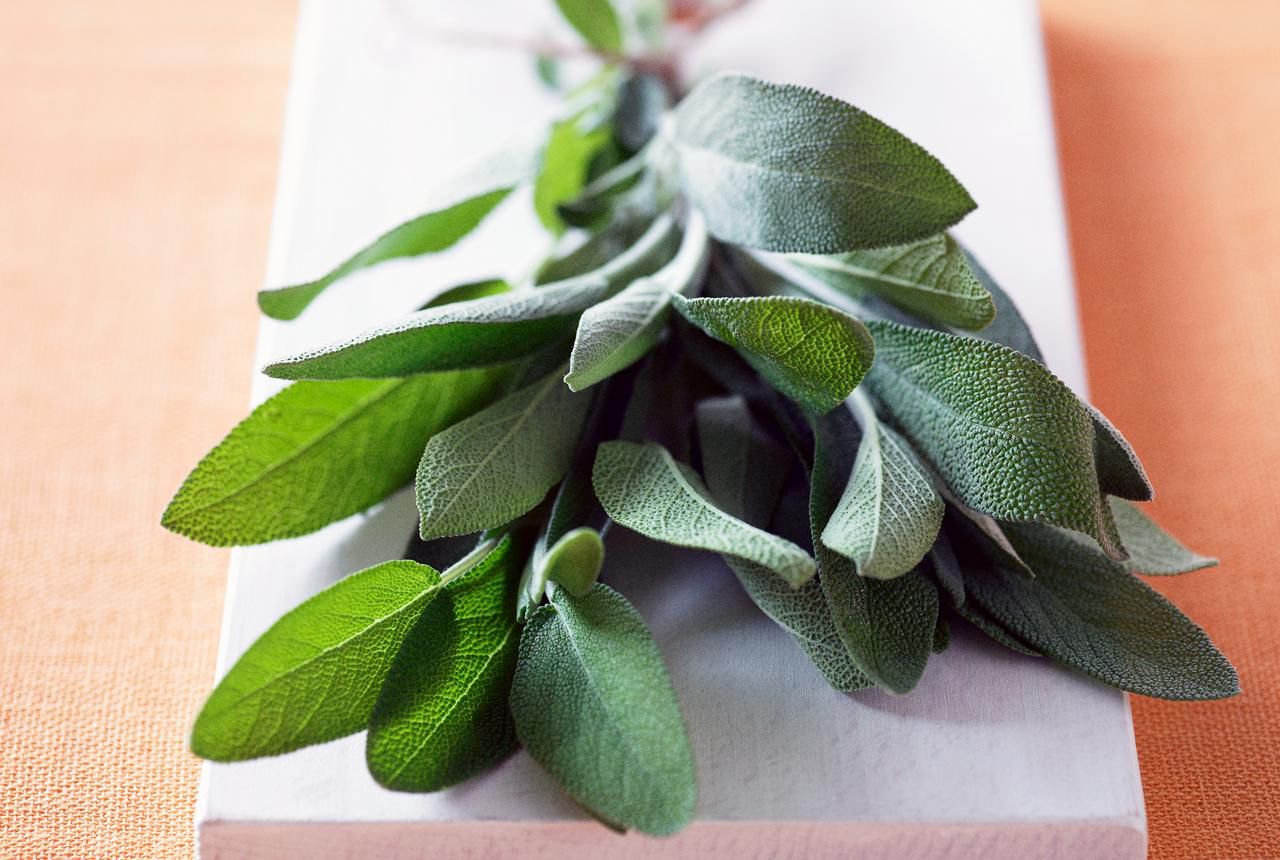
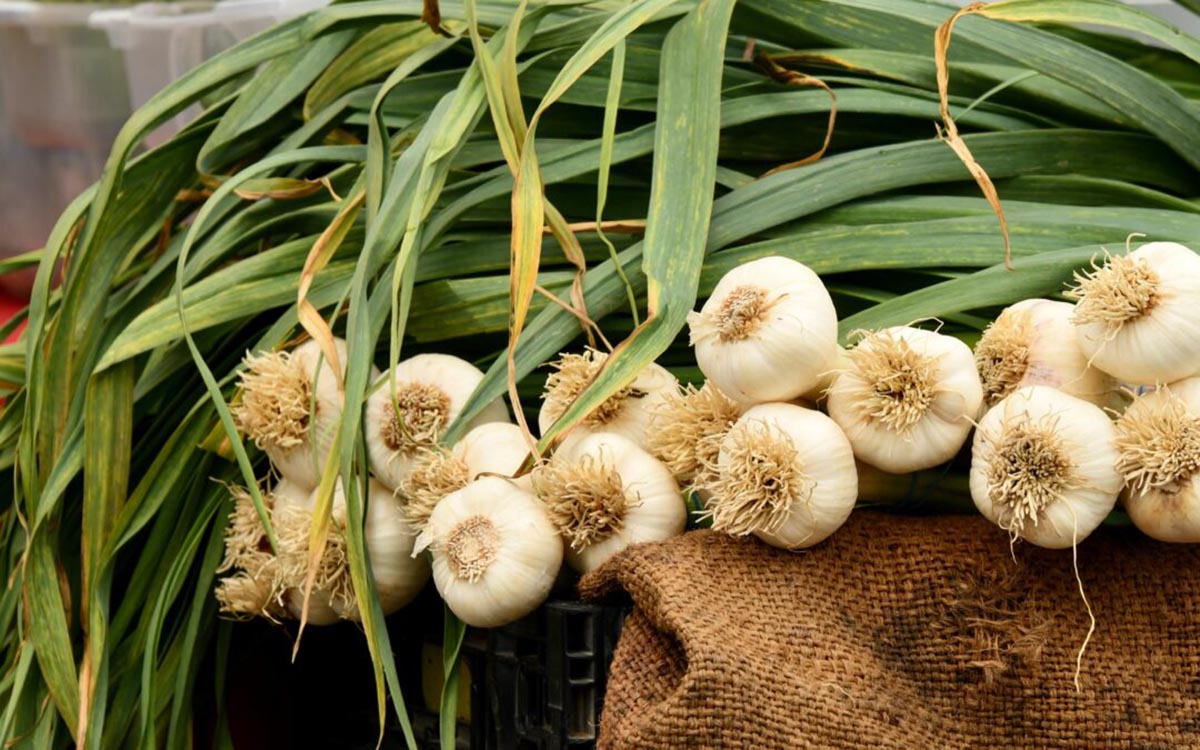
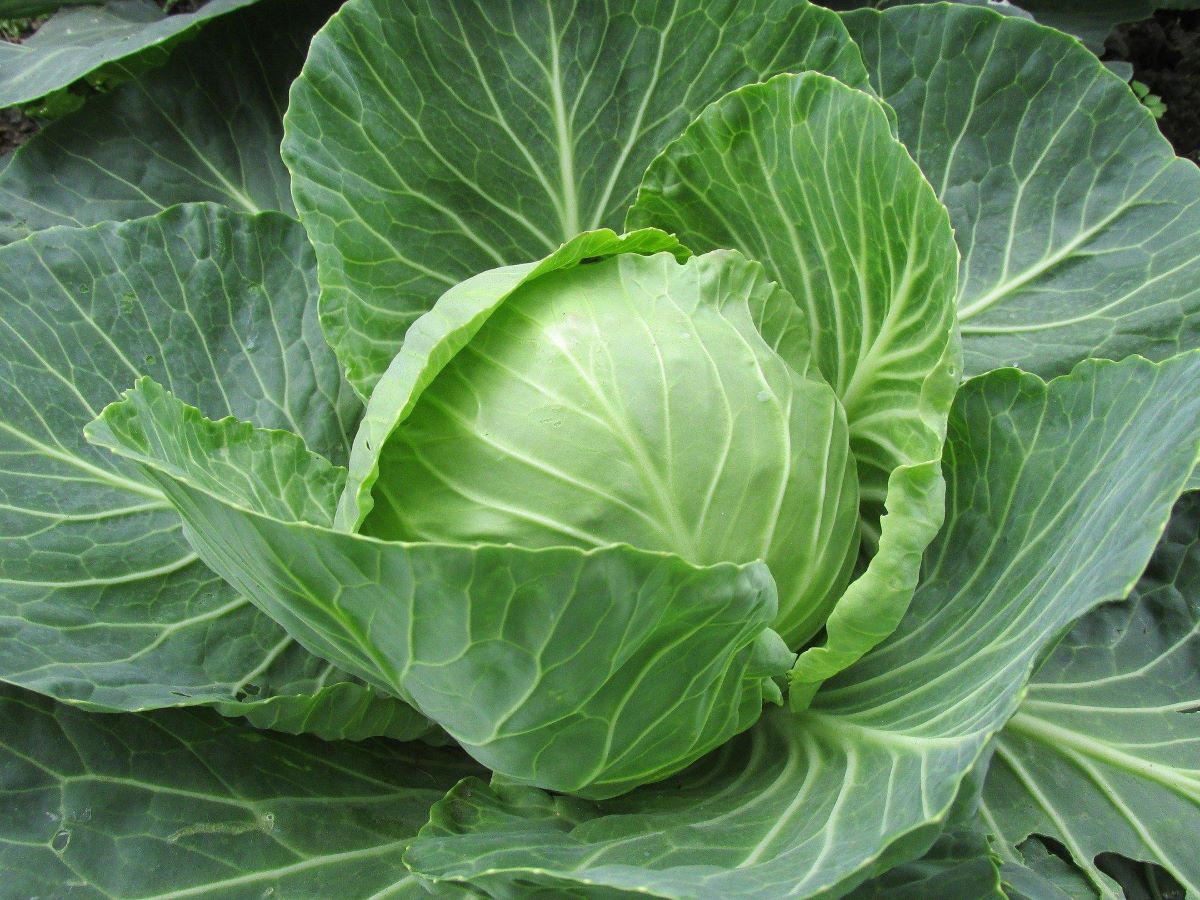
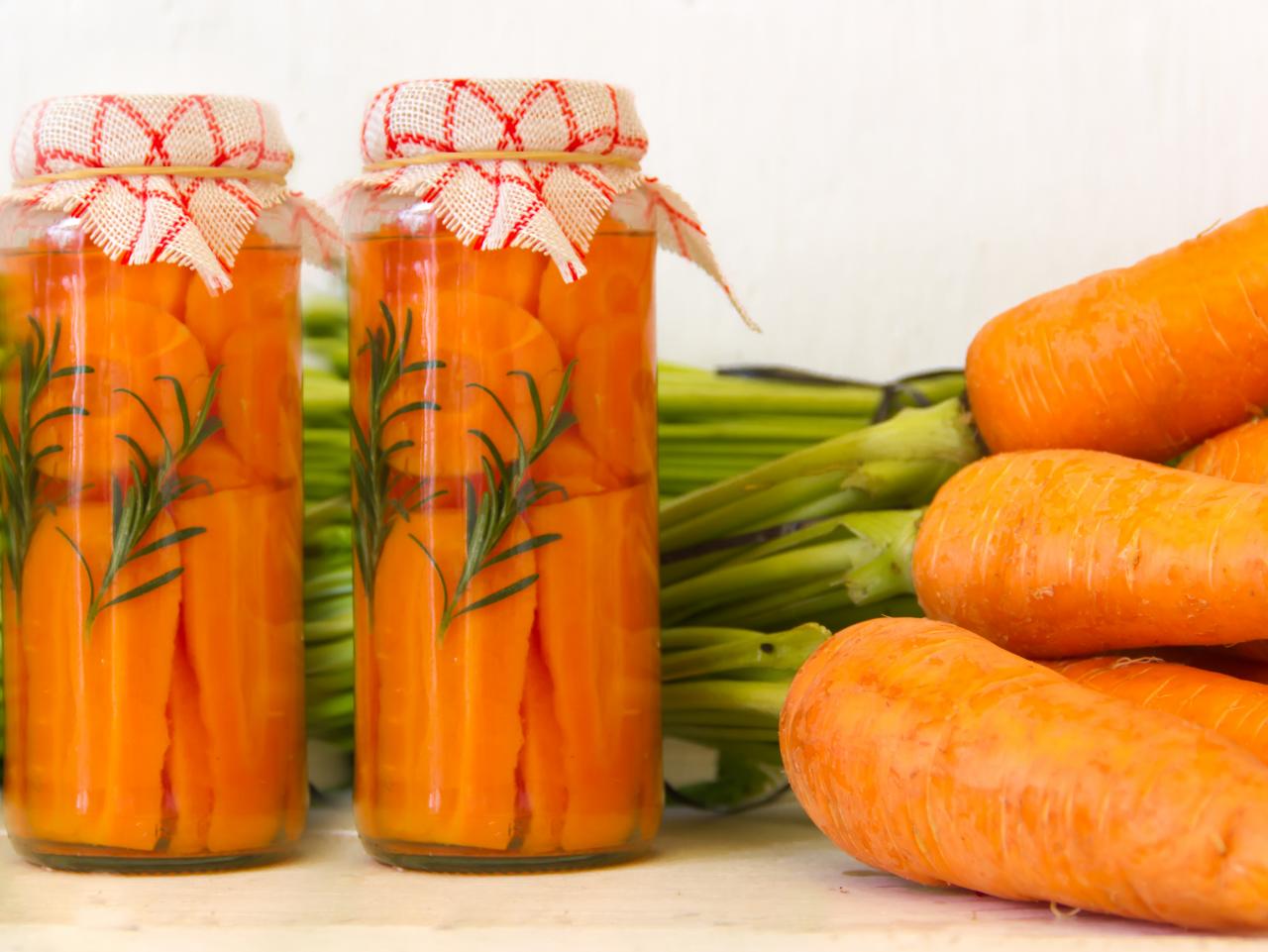
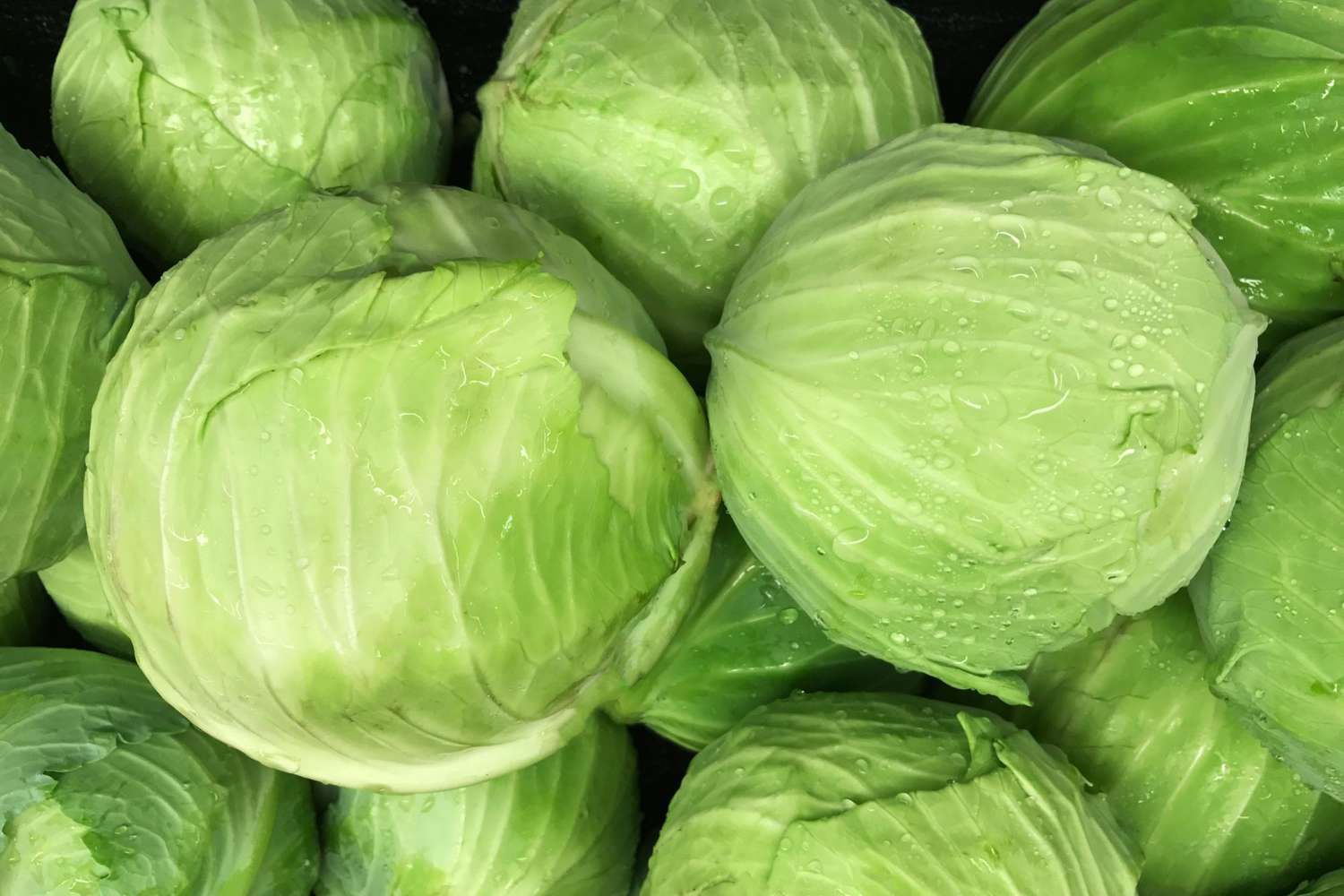
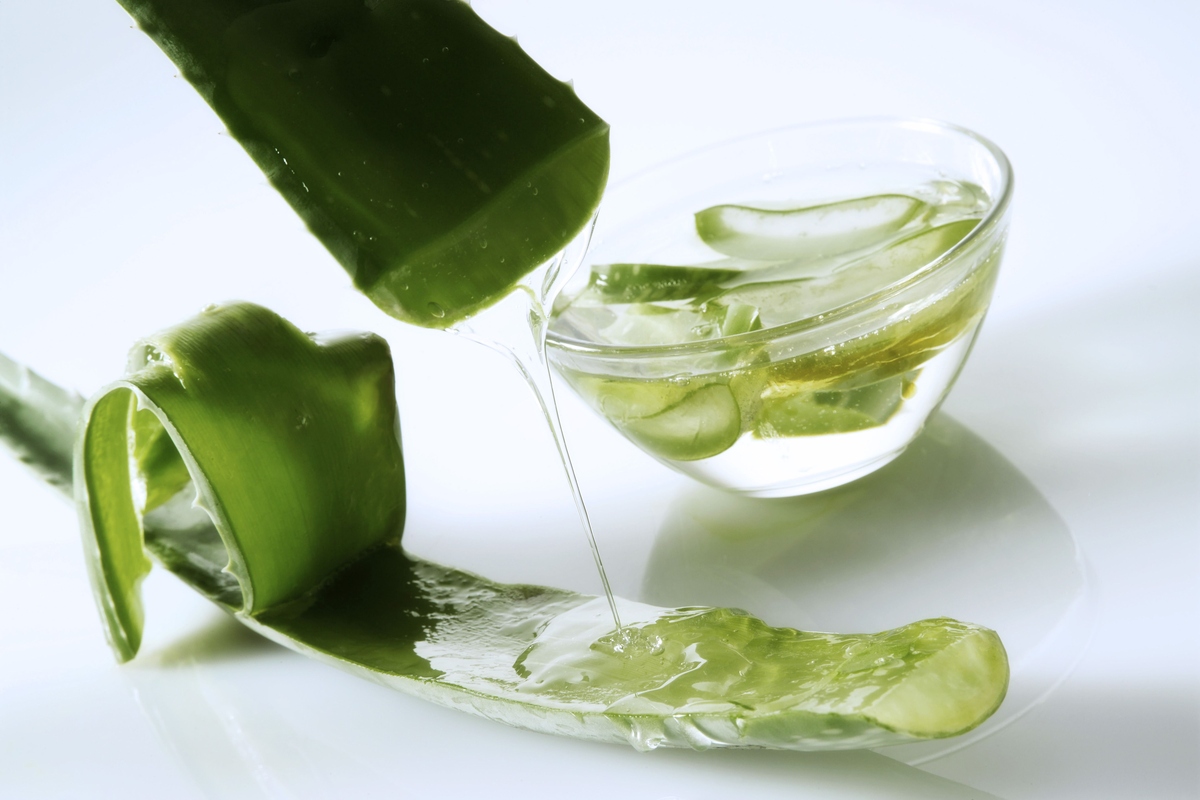
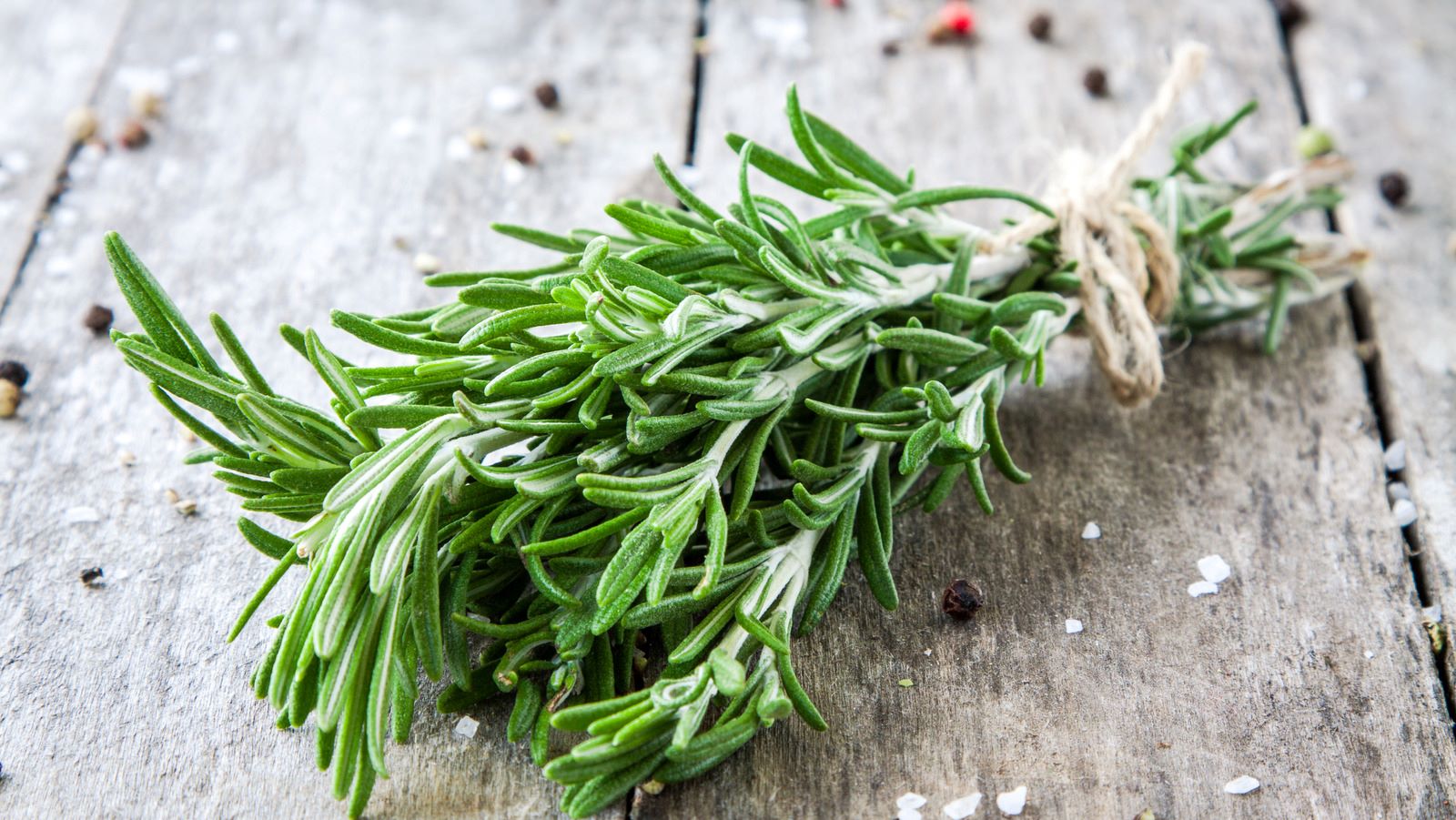
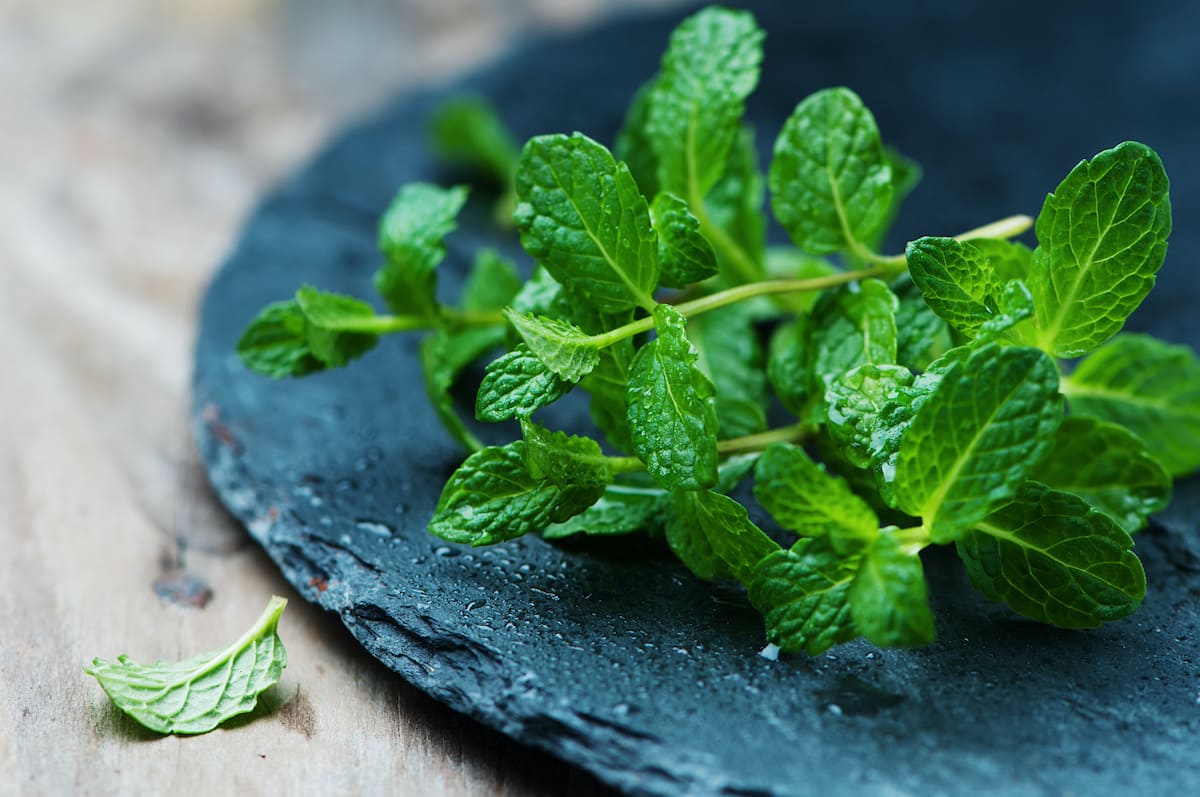
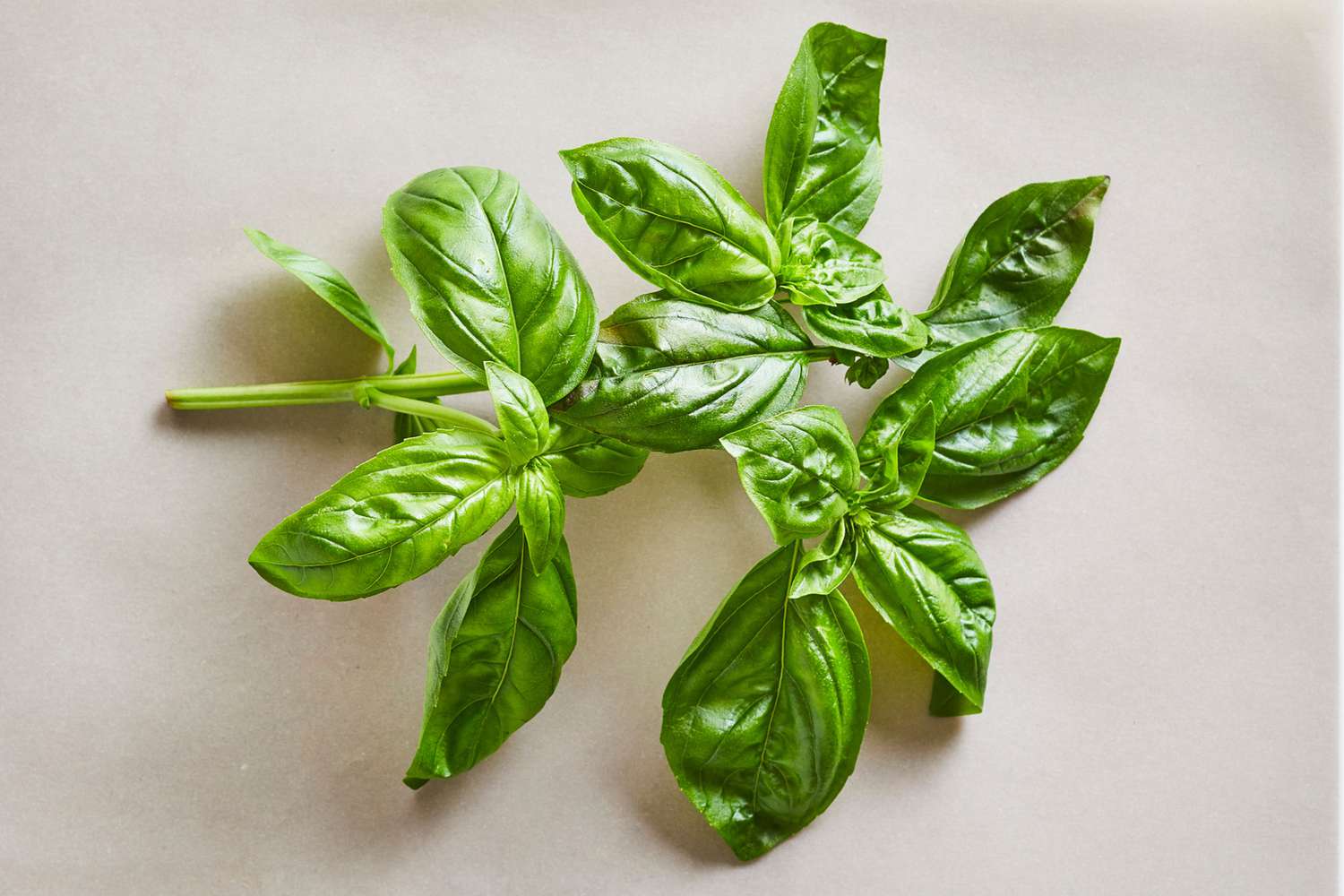

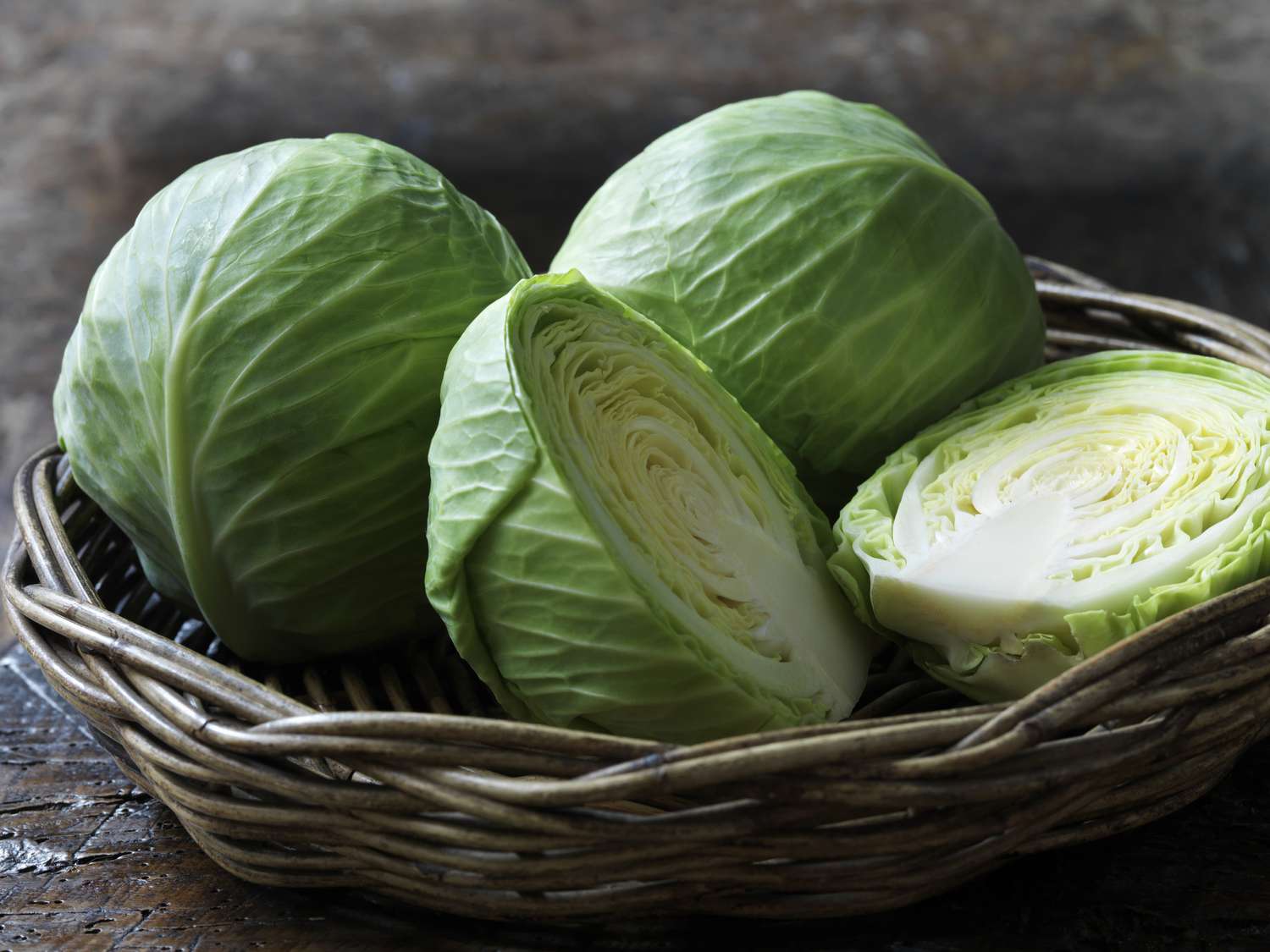
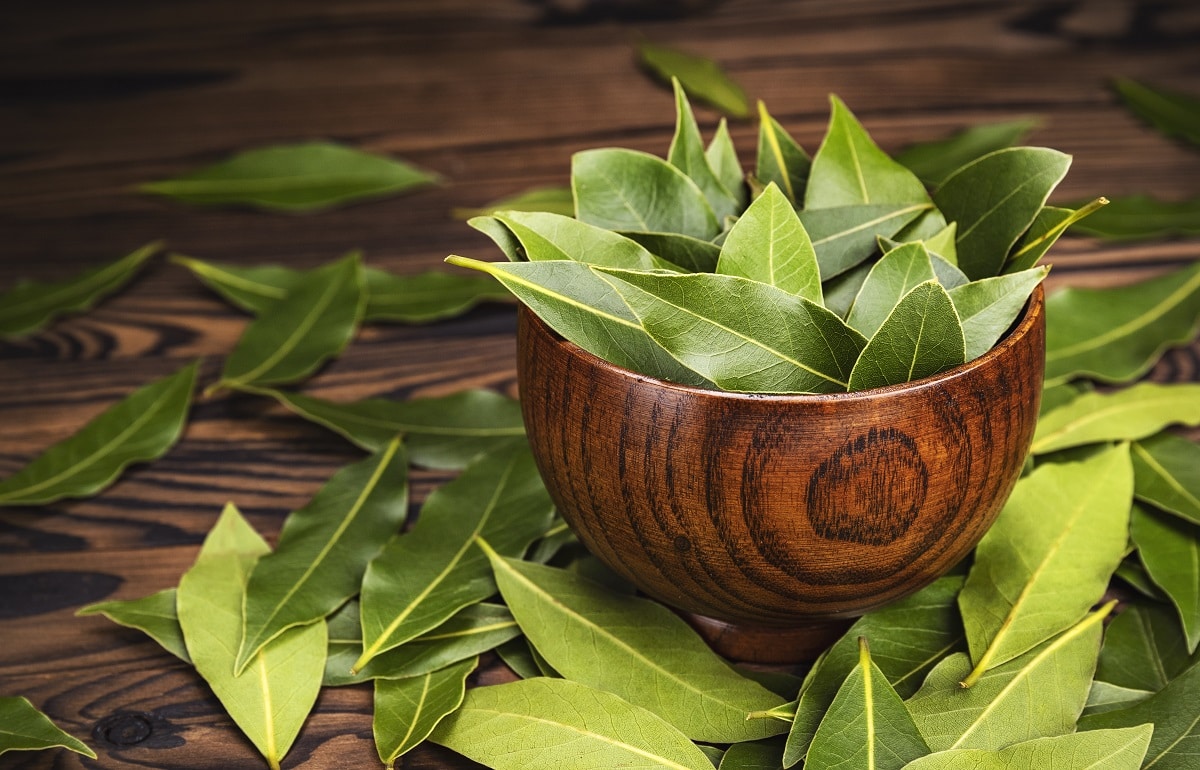
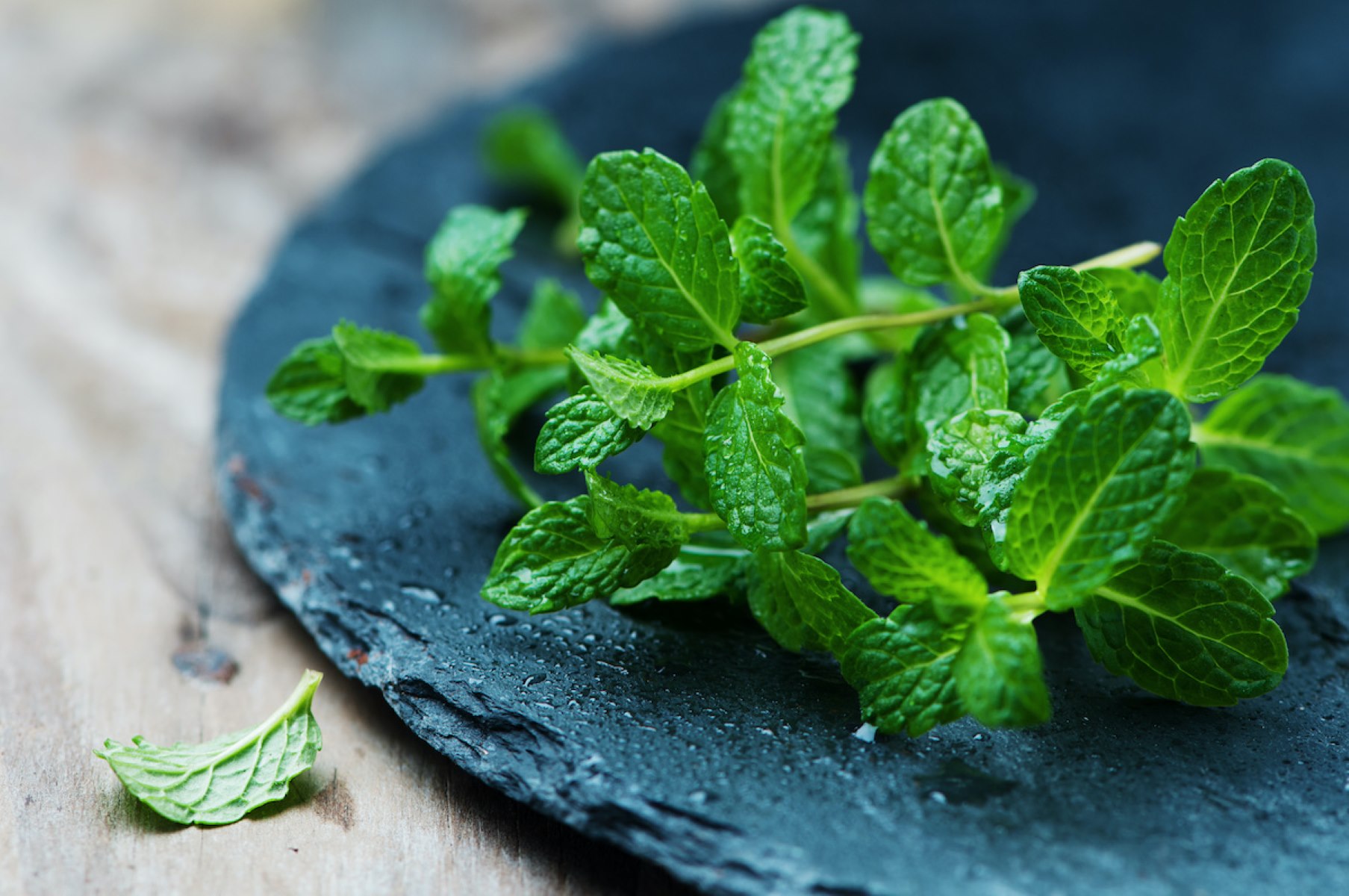

0 thoughts on “How To Store Fresh Cabbage From The Garden”